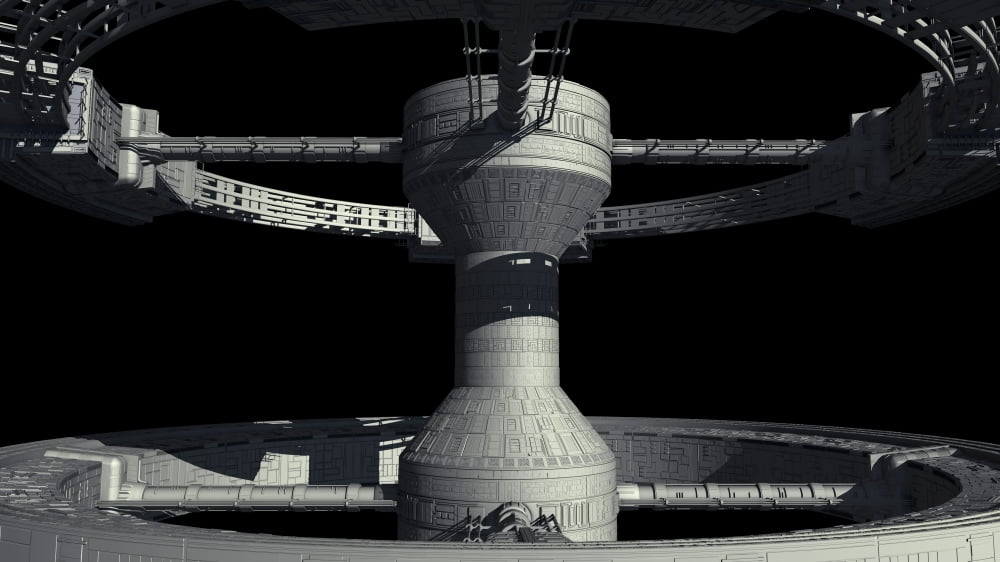
Deep learning and big data were major developments, generating social media feeds and predicting protein folding with remarkable accuracy. The first AI mobile robot, Shakey, arrived a year after the movie. Nonetheless, an explosion in progress blossomed. AI experts like Marvin Minsky, the movie’s scientific advisor, predicted that HAL-like intelligence would exist within mere decades.Ĭlearly, their estimates were overly optimistic. “2001” was produced at the cusp of the AI boom of the 1960s, after the first ELIZA chatbot. He personifies general artificial intelligence, which can theoretically replicate individual human consciousness. He employs modern techniques like computer vision and natural language processing to discover the astronauts’ plan to disconnect him. Operating the spaceship Discovery One’s Jupiter mission, HAL one day malfunctions and descends into murder. The antagonistic red spot, HAL 9000, is now synonymous with the dystopian risks of artificial intelligence. Has “2001: A Space Odyssey” accurately portrayed human and technological evolution thus far? Life in these decades has been defined by technology firmly entrenched in the screens of science fiction - increasingly tenable AI chatbots, deep-space expeditions, and terraforming projects. Only 50 years ago, Stanley Kubrick’s cult classic “2001: A Space Odyssey” ingrained these now-mundane technologies into the public imagination.

After a quick FaceTime with a friend across the world, you casually scroll past the headline “New SpaceX crew blasts off to International Space Station.” You ask the virtual assistant for the weather report and a reminder of the day’s appointments.


 0 kommentar(er)
0 kommentar(er)
